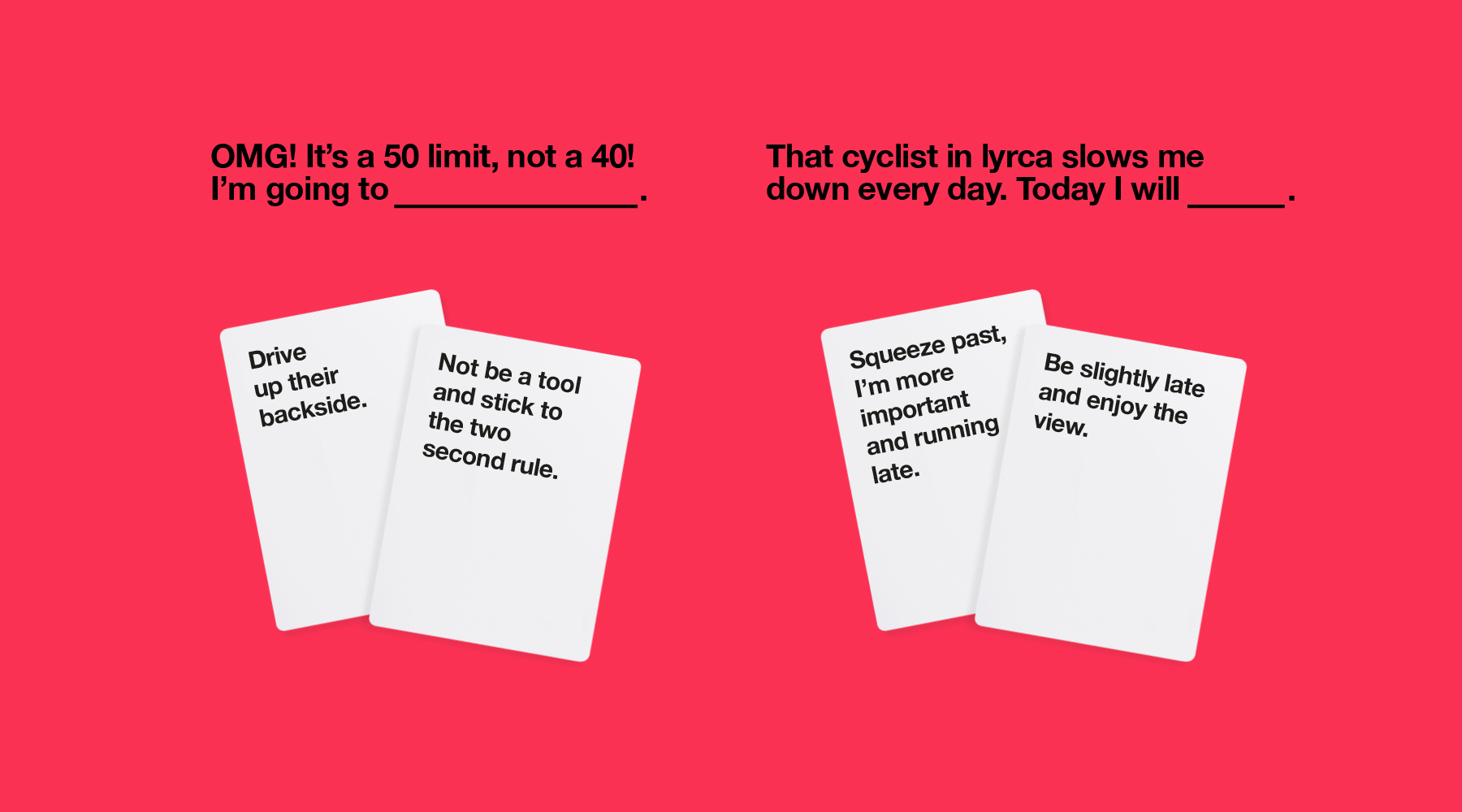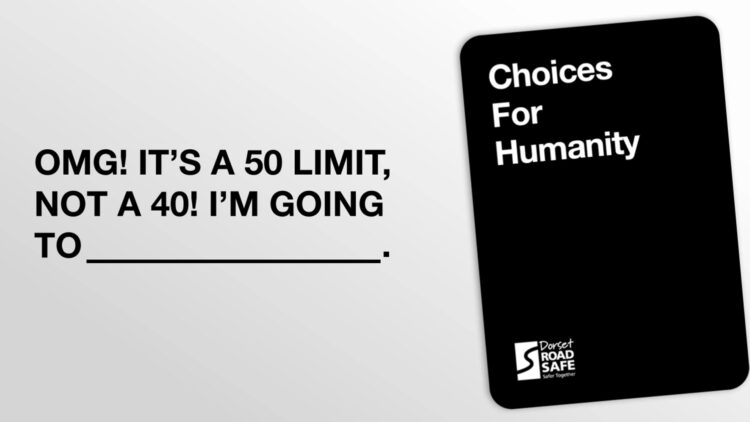Copywriting
No matter who you are, or how big your business is, we all rely on words. While a picture may be worth a thousand words, it’s words that are used to convince and convert, and why copywriting is a crucial element to ensuring your brand stands out in a crowded marketplace.
Whether your content strategy involves publishing blog posts, press releases, or videos, the right words in the wrong tone can have a negative effect on your marketing and communications. We help brands discover their character and personality. We’ll look at how you currently communicate and support you in better aligning your brand values with your outbound messaging.
It’s one thing knowing what to say and another knowing how to say it…
- Ensure your copy is clear, with an overt call-to-action to drive the desired user journey
- All advert and website copy should be optimised for your chosen keywords
- Be ruthless with your words – readers don’t have time for waffle, especially when they’re evaluating a business.
- Use everyday language to engage with as wide an audience as possible.

Tone of voice
If your customers were given a snippet of your content to read, would they know it was you, just from how it sounded?
Finding your brand’s tone of voice in today’s noisy marketing world can be challenging.
Your tone of voice doesn’t just convey your message to your audience in the most suitable manner, it also shows the character of your business and the values your brand holds dear.
Digital
As the old adage goes, “content is king”, but in the digital world it’s Google who sits astride the throne and governs what digital copy should look like.
Just like Vine and Pokemon Go, keyword-stuffed websites are a thing of the past, or at least should be, as the big G now places a premium on fresh, unique and sharable (linkable) content.
Literature
Copywriting for direct marketing tells a story, sells the brand, and encourages the reader to take an immediate action.
Also, as the father of modern advertising David Ogilvy once said, “Do not … address your readers as though they were gathered together in a stadium. When people read your copy, they are alone. Pretend you are writing to each of them a letter on behalf of your client.”
Related content






